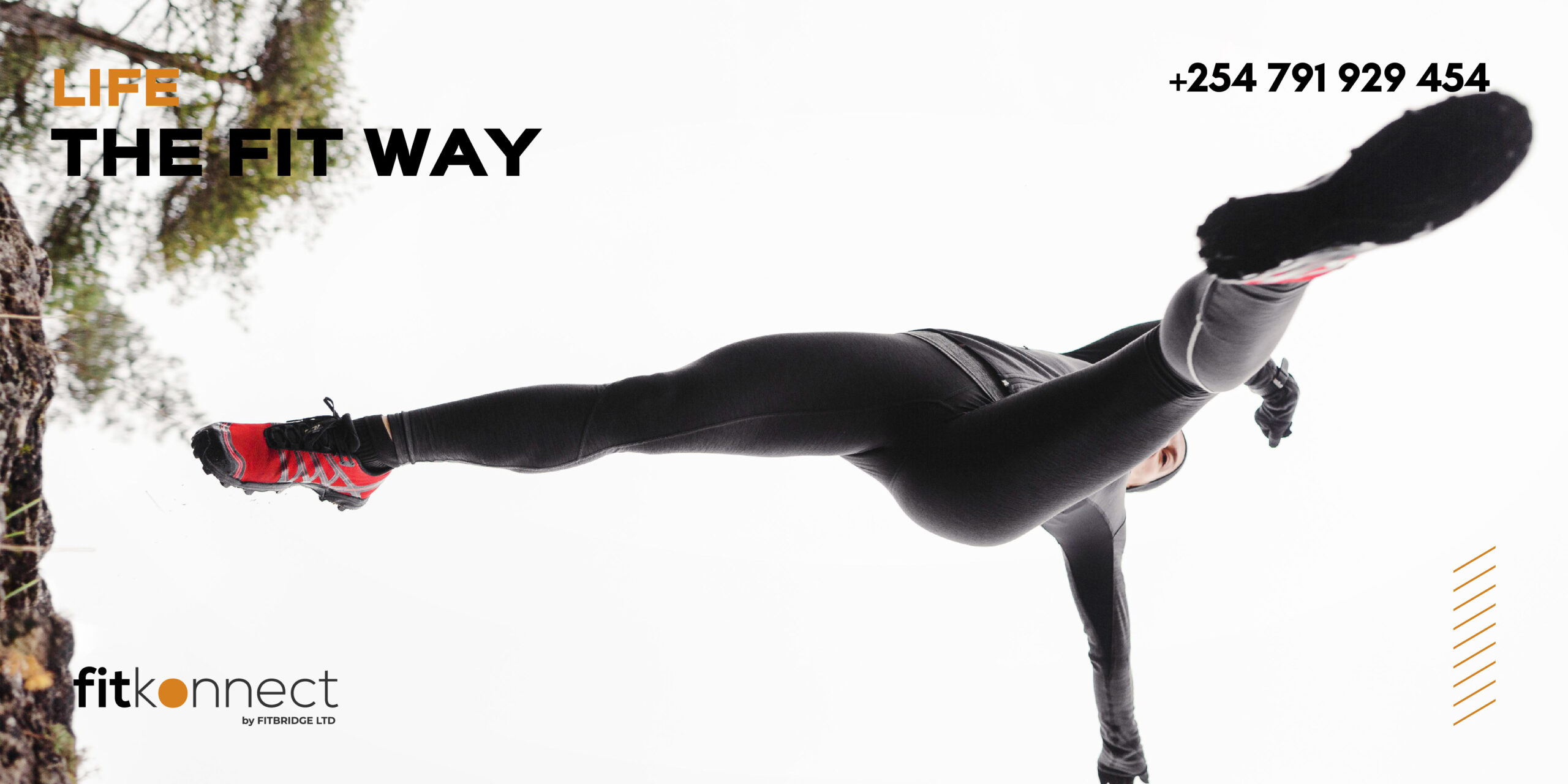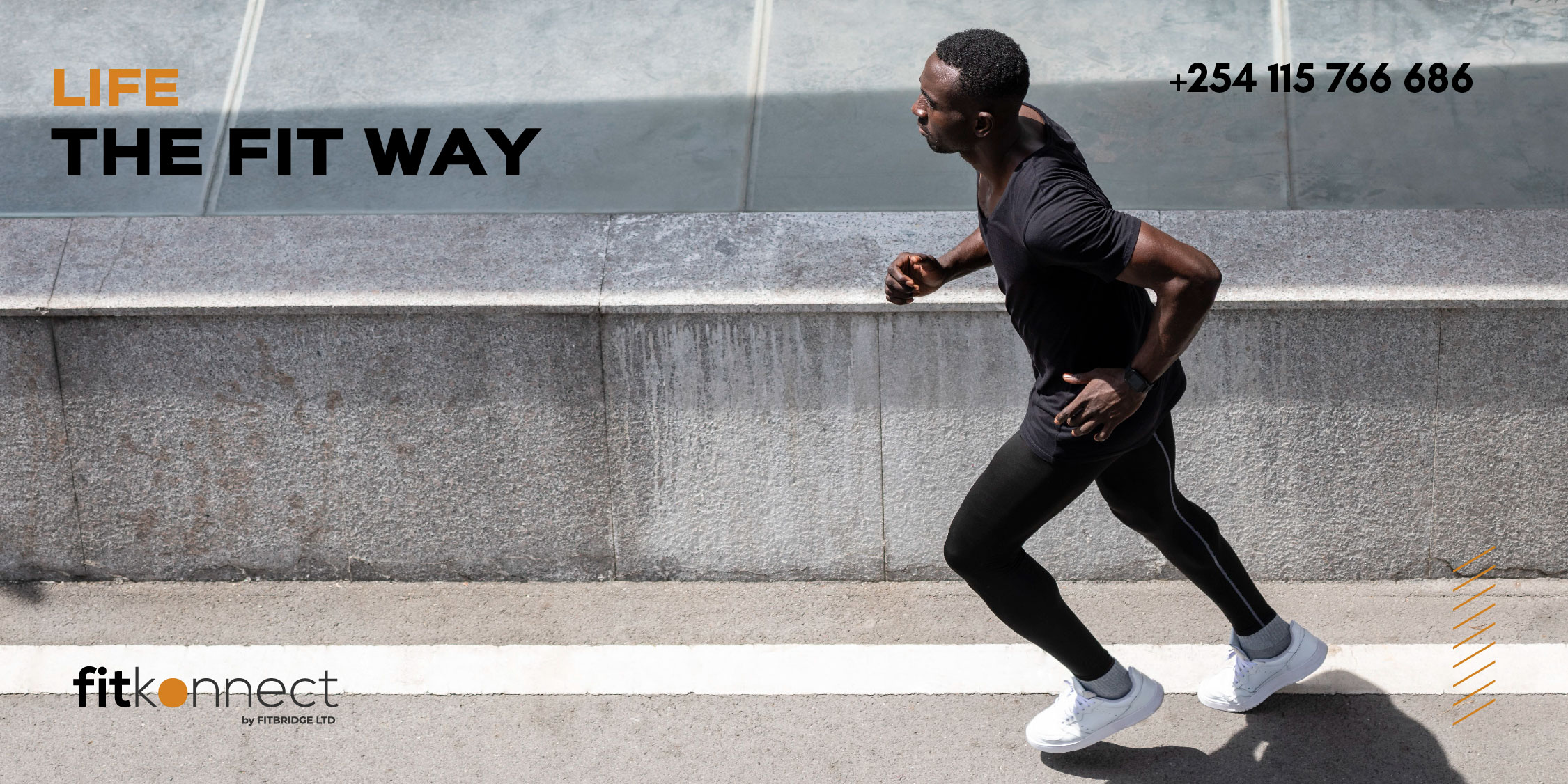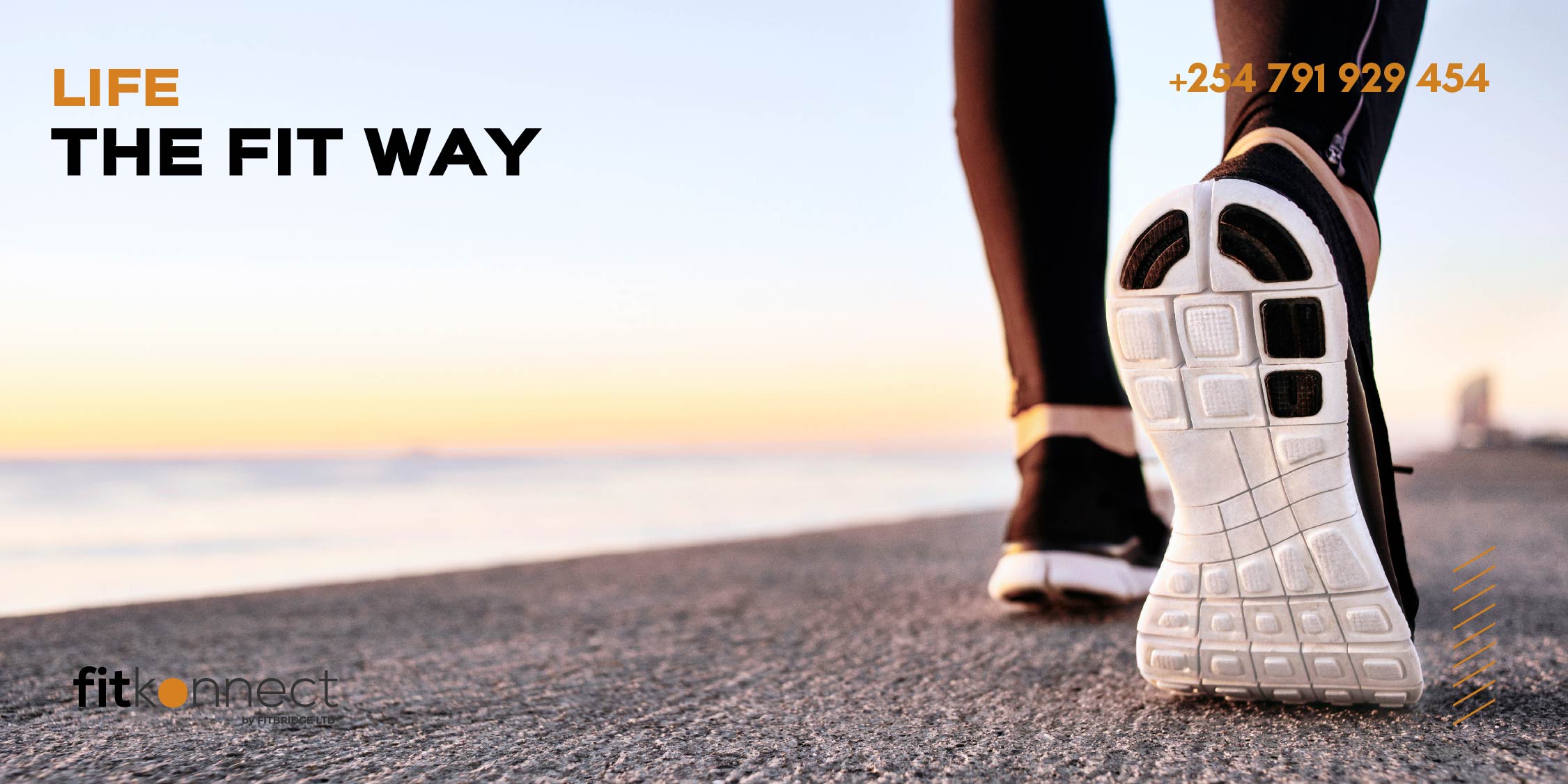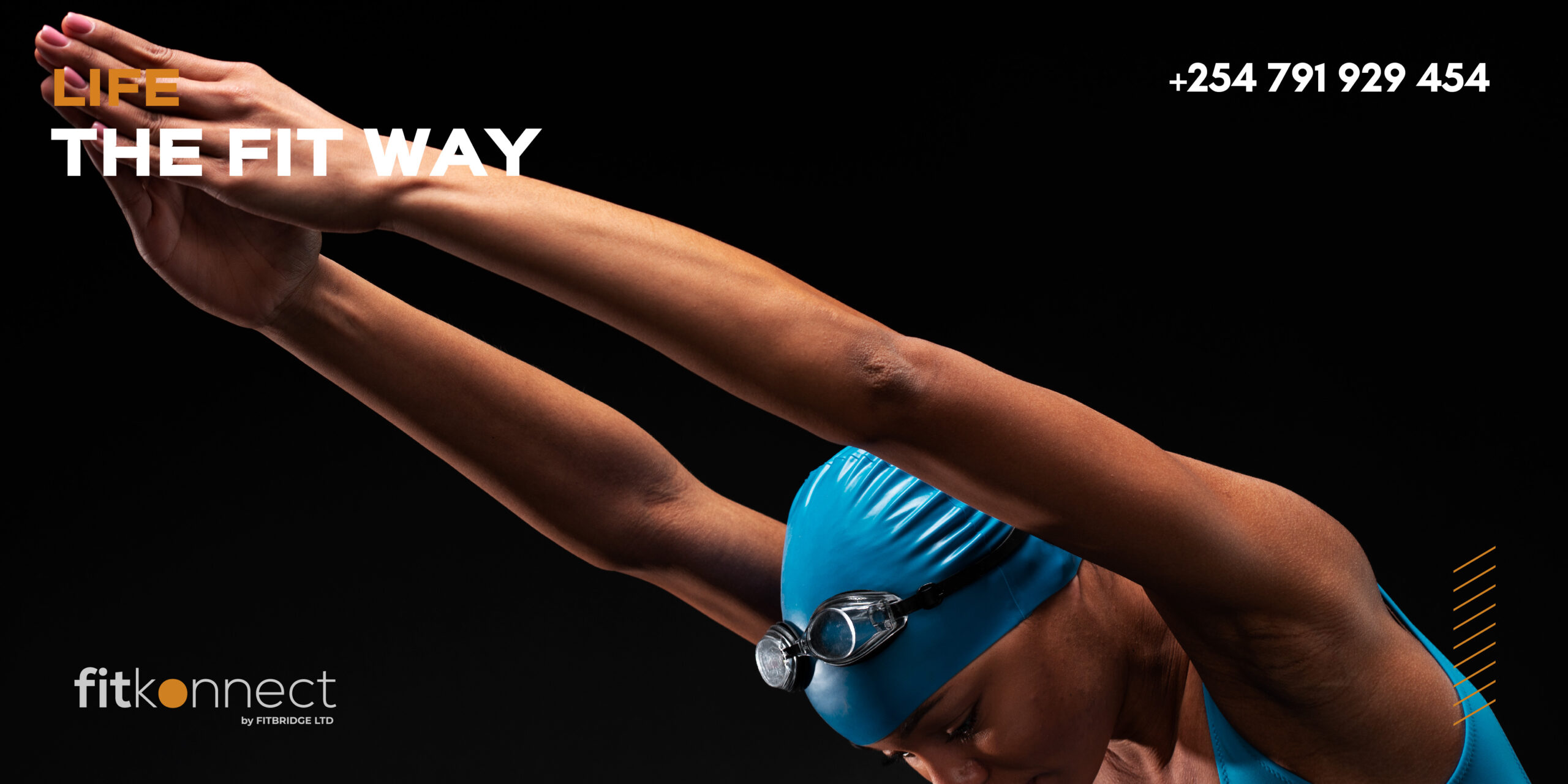
Timeless Yoga: Finding Balance, Strength, and Serenity
September 2, 2023
Building Mental Resilience Through Exercise: Managing Stress, Anxiety, and Depression
September 11, 2023One fitness approach has stood the test of time, consistently proving its effectiveness at burning calories, boosting metabolism, and improving cardiovascular health – High-Intensity Interval Training (HIIT). Whether you’re a beginner taking your first steps towards a healthier lifestyle or a seasoned fitness enthusiast looking to elevate your workouts, HIIT can be tailored to suit your needs. In this blog, we’ll break down the science behind HIIT workouts and provide a range of routines suitable for beginners, intermediate, and advanced fitness levels.
The Science of HIIT: Why It Works
HIIT workouts are a potent fitness strategy that involves short bursts of intense exercise followed by brief periods of rest or low-intensity recovery. This cycle is repeated multiple times during a single workout session. The beauty of HIIT lies in its ability to maximize benefits in a shorter amount of time compared to traditional steady-state cardio.

Examples of HIIT workouts
1. Tabata Protocol: This classic HIIT format involves 20 seconds of all-out effort followed by 10 seconds of rest, repeated for four minutes. You can perform exercises like squats, push-ups, burpees, or sprints in this style.
2. Pyramid HIIT: Start with a short interval (e.g., 10 seconds) of high-intensity exercise, followed by a slightly longer rest (e.g., 20 seconds). Gradually increase the work interval by 10 seconds while maintaining the 20-second rest until you reach your peak, and then reverse the pattern.
3. Circuit Training: Create a circuit of different exercises, such as jumping jacks, mountain climbers, and kettlebell swings. Perform each exercise for a set duration (e.g., 30 seconds) with minimal rest between exercises. Complete the circuit and rest for a brief period before repeating.
4. Sprint Intervals: Find an open space and sprint at maximum effort for a set distance (e.g., 100 meters), then recover with a slow walk or jog. Repeat this pattern for a designated number of rounds.
5. Bodyweight HIIT: Combine bodyweight exercises like squats, lunges, push-ups, and planks into a HIIT routine. Perform each exercise for a specific duration with short rest intervals between.
6. Jump Rope HIIT: Incorporate jumping rope into your HIIT regimen. Alternate between fast, intense skipping and brief rest periods to elevate your heart rate and engage multiple muscle groups.
7. Stationary Bike Sprints: Utilize a stationary bike or spin cycle for HIIT sessions. Pedal as fast as possible for a set time, followed by a recovery period. Adjust resistance levels to intensify the workout.
Here’s how HIIT works its magic
1. Efficient Calorie Burn: HIIT elevates your heart rate quickly and maintains it throughout the workout. This leads to a higher calorie burn during the workout and a continued elevated metabolism even after you’ve finished exercising.
2. Time-saving: HIIT sessions are often shorter than traditional workouts. You can achieve similar or better results in less time, making it a perfect fit for those with busy schedules.
3. Versatile: HIIT can be customized to various fitness levels. You can adjust the intensity, duration, and exercises to match your individual capabilities and goals.
4. Cardiovascular Health: HIIT has been shown to improve cardiovascular health by increasing your heart’s capacity to pump blood efficiently, thus reducing the risk of heart diseases.
5. Effective Fat Loss: HIIT is renowned for its ability to burn calories and promote fat loss. The intense bursts of activity elevate your heart rate and metabolism, leading to a greater post-exercise calorie burn.
6. No Equipment Necessary: Many HIIT exercises require little to no equipment, making it accessible for individuals without access to a gym.
7. Metabolic Benefits: HIIT may increase insulin sensitivity and improve glucose regulation, making it potentially beneficial for individuals with type 2 diabetes.
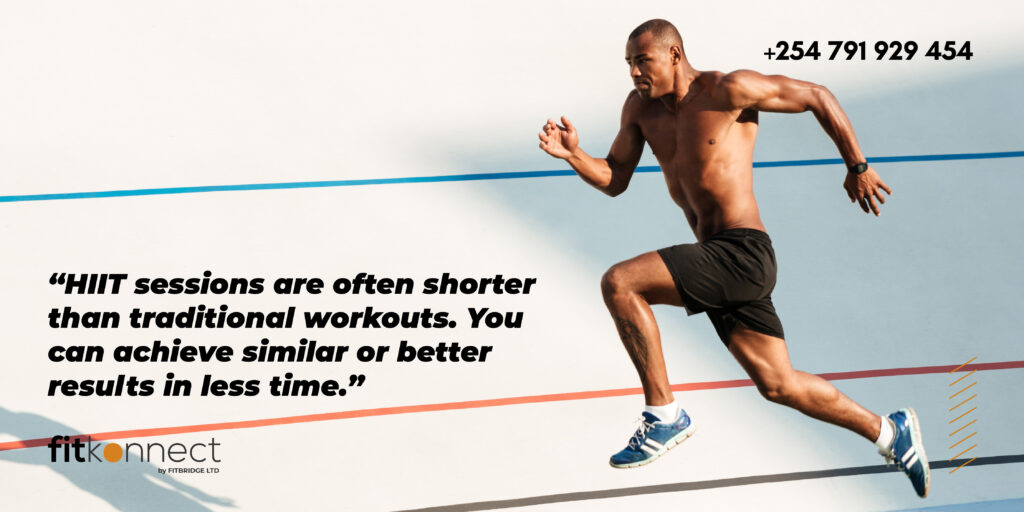
Disadvantages of HIIT
1. Risk of Injury: HIIT involves high-intensity movements, which can increase the risk of injury if proper form is not maintained. Beginners should start gradually and focus on technique.
2. Intensity Challenges: HIIT can be extremely demanding, discouraging some individuals from sticking with the program long-term.
3. Recovery Time: The intensity of HIIT may require longer recovery periods between sessions, which can limit frequency and consistency.
4. Muscle Soreness: HIIT often leads to muscle soreness, especially for beginners. Adequate rest and recovery are essential to prevent overtraining.
5. Not Suitable for Everyone: HIIT may not be appropriate for individuals with certain medical conditions or physical limitations. Consult with a healthcare professional before starting HIIT, especially if you have pre-existing health concerns.
6. Mental Stress: The mental stress of HIIT can be challenging for some individuals. The intensity and the need to push through discomfort may not be enjoyable for everyone.
7. Potential Plateaus: Over time, your body may adapt to HIIT, potentially leading to plateaus in terms of fitness gains. It’s important to periodically adjust your routines to continue seeing progress.
While HIIT can be highly effective and beneficial for many, it’s essential to approach it with caution, especially if you’re new to exercise or have underlying health concerns. HIIT can offer numerous benefits, but it should be approached gradually and with mindfulness. If you’re new to exercise or have underlying health concerns, consult with a healthcare provider before starting a HIIT program. Always warm up and cool down, listen to your body for signs of distress, maintain proper form, and stay hydrated. Balance HIIT with other fitness activities, allow for sufficient recovery and progress at a pace that suits your abilities. HIIT can be a valuable tool when used safely and effectively as part of a holistic fitness routine.

The key is to strike a balance between pushing your limits and listening to your body’s signals. If in doubt, seek guidance from fitness professionals who can help you design a safe and effective HIIT program tailored to your specific goals and needs.
Remember, safety always comes first. Before embarking on any new fitness routine, it’s advisable to consult with a professional, especially if you have any underlying medical conditions.

